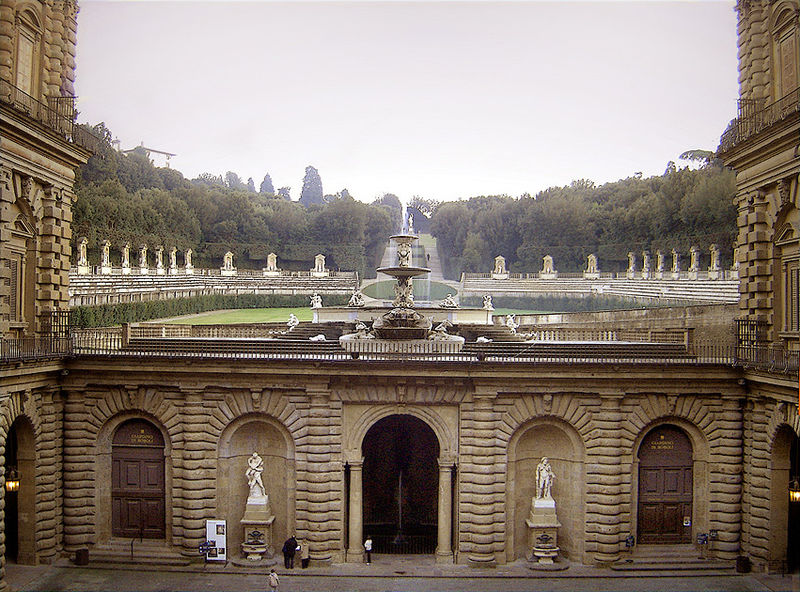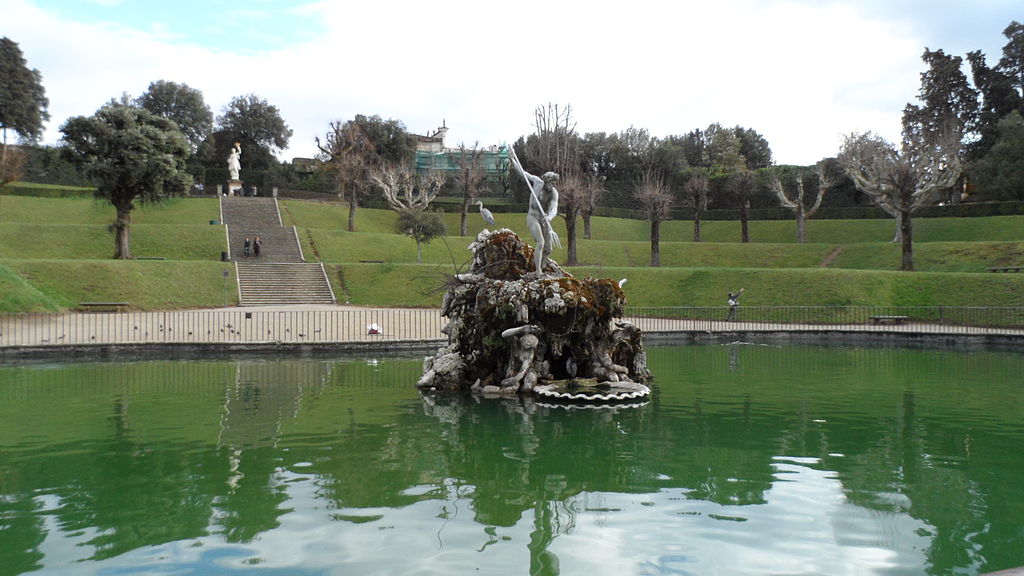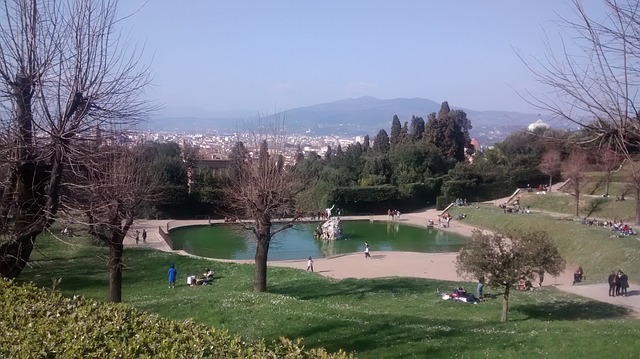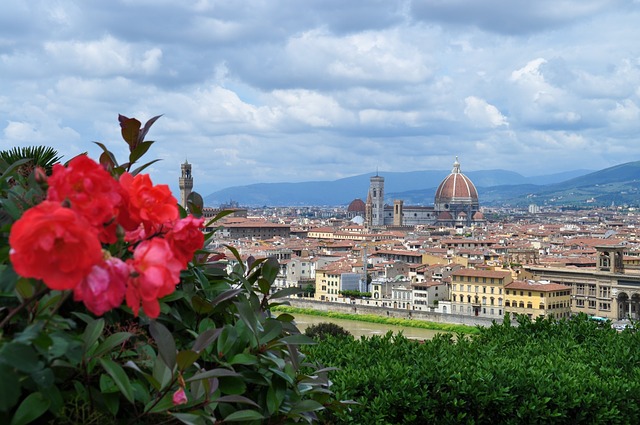The Boboli Gardens are one of the most beautiful gardens in Italy and one of the things not to miss during your visit to Florence. If Bronzino had not already done so, there should be a monument to Eleonora of Toledo, the beautiful wife of Cosimo de Medici. It is thanks to the beautiful duchess, immortalized in a famous portrait in the Uffizi, that we have the Boboli Gardens, a magnificent spectacle of greenery and art that extends behind the Pitti Palace. These Gardens have to be seen when wondering what to see in Florence !

In 1549 Eleonora bought the old building in Oltrarno to transfer the court of the Medici there. She immediately commissioned the architect Niccolò Pericoli to transform the space at the rear of the building in a monumental garden, complete with vegetable gardens and orchards, which extend up to the top of the hill of Boboli.

This first Renaissance nucleus was later expanded over the next three centuries until it became the marvel that it is today: one of the most magnificent and elegant examples of Italian gardens and a real open-air museum, filled with statues, architecture, grottoes and fountains. The Boboli Gardens are a unique complex which was declared a World Heritage Site in 2013, within the serial site of the UNESCO which also protects 14 villas and gardens of the Medici of Tuscany.

In its 45 thousand square meters in size, you will walk up and down through formal gardens and green amphitheatres, geometric avenues and winding paths, mysterious thickets, rose gardens, terraces and hedges and ponds.

The beauty of the internal perspectives, so carefully studied, is amplified by the panoramic views that open up unexpectedly on the surrounding hills or on the city of Florence, extending at the foot of the hill of Boboli or on the elegant lines of the Palazzo Pitti.

A garden full of history but not frozen in time: Boboli hosts many events of art and music. There are also numerous ongoing projects, such as the care of the garden’s plants, which are reproduced from the seeds of the original plants to replace any sick vegetation with new specimens. Future projects include the restoration of the fountain of the island and the cave of Buontalenti to restore the water games that were once there and can be considered as the true voice of the island.


